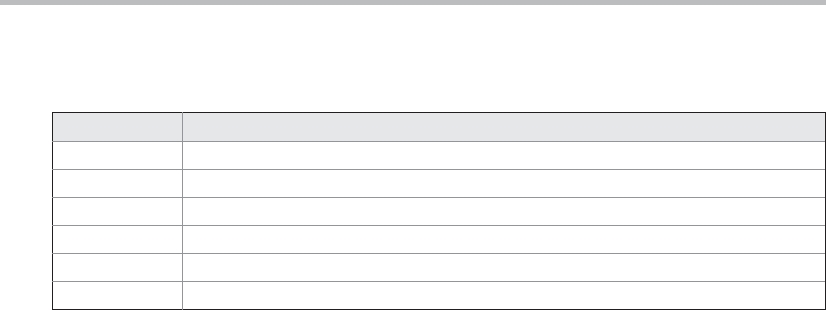c <<= 1;
a ^= c;
System.out.println("a = " + a);
System.out.println("b = " + b);
System.out.println("c = " + c);
}
}
The output of this program is shown here:
a=3
b=1
c=6
Relational Operators
The relational operators determine the relationship that one operand has to the other.
Specifically, they determine equality and ordering. The relational operators are shown here:
Operator
Result
==
Equal to
!=
Not equal to
>
Greater than
<
Less than
>=
Greater than or equal to
<=
Less than or equal to
The outcome of these operations is a boolean value. The relational operators are most
frequently used in the expressions that control the if statement and the various loop statements.
Any type in Java, including integers, floating-point numbers, characters, and Booleans
can be compared using the equality test, ==, and the inequality test, !=. Notice that in Java
equality is denoted with two equal signs, not one. (Remember: a single equal sign is the
assignment operator.) Only numeric types can be compared using the ordering operators.
That is, only integer, floating-point, and character operands may be compared to see which
is greater or less than the other.
As stated, the result produced by a relational operator is a boolean value. For example,
the following code fragment is perfectly valid:
int a = 4;
int b = 1;
boolean c = a < b;
In this case, the result of a<b (which is false) is stored in c.
If you are coming from a C/C++ background, please note the following. In C/C++, these
types of statements are very common:
Search WWH :


